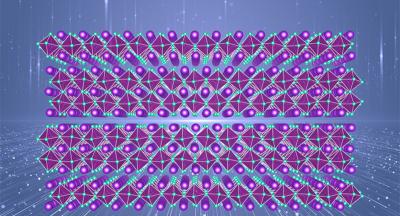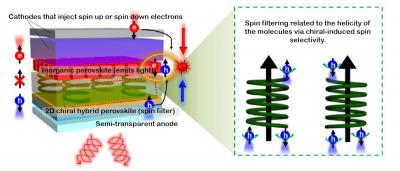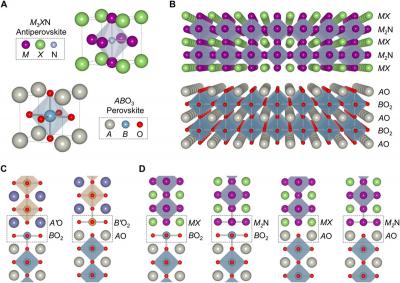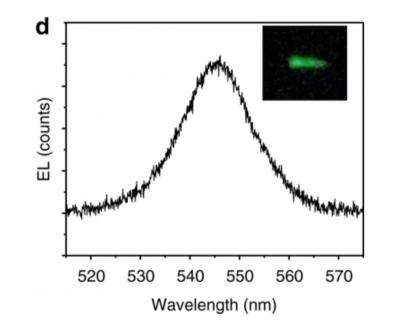Researchers demonstrate spin injection across chiral halide perovskite/III–V interfaces
Researchers from National Renewable Energy Laboratory (NREL), University of Utah, Université de Lorraine CNRS and University of Colorado Boulder have improved upon their previous work, that included incorporating a perovskite layer that allowed the creation of a new type of polarized light-emitting diode (LED) that emits spin-controlled photons at room temperature without the use of magnetic fields or ferromagnetic contacts. In their latest work, they have gone a step further by integrating a III-V semiconductor optoelectronic structure with a chiral halide perovskite semiconductor.
The team transformed an existing commercialized LED into one that also controls the spin of electrons. The results could provide a pathway toward transforming modern optoelectronics, a field that relies on the control of light and encompasses LEDs, solar cells, and telecommunications lasers, among other devices.







